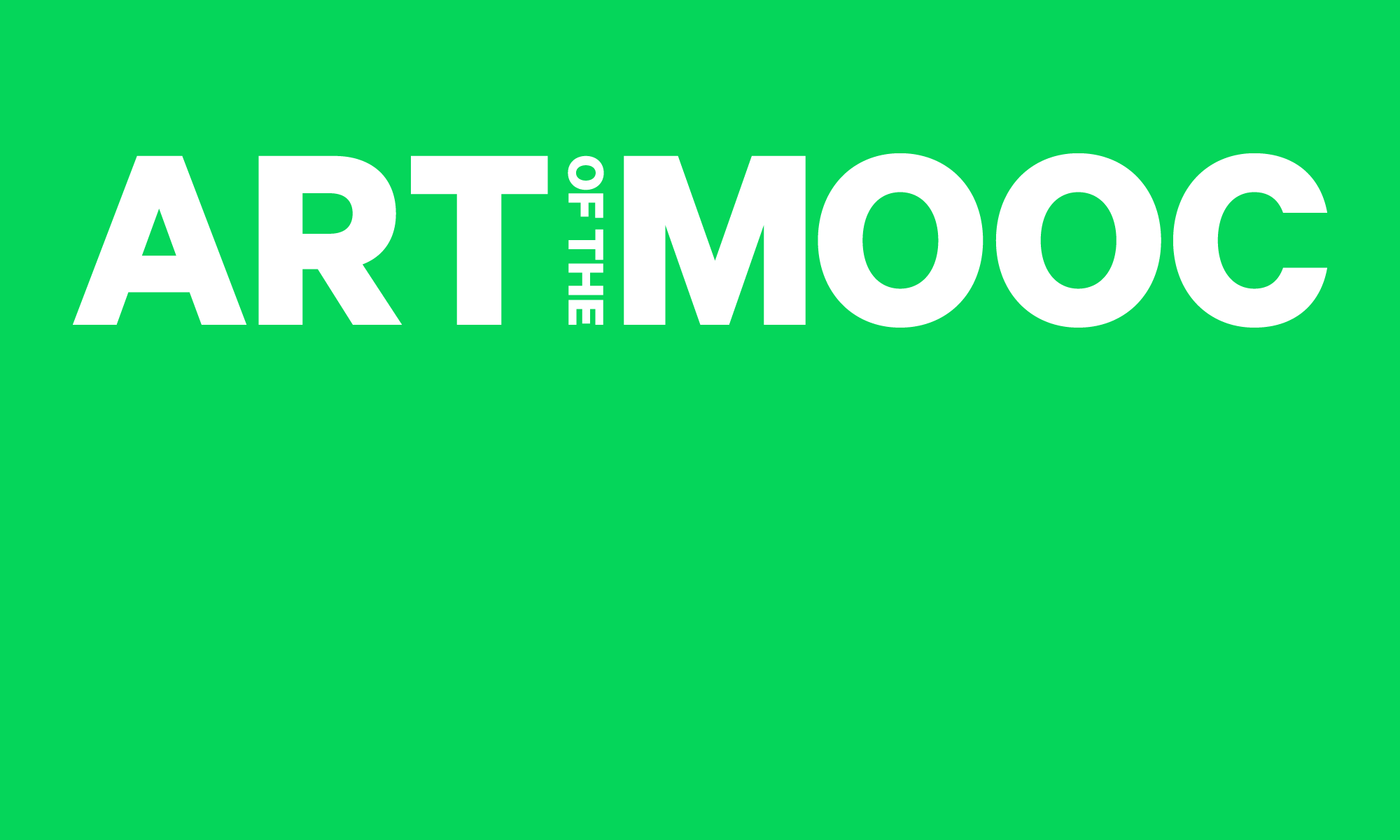For over thirty years and at the onset of the 21st century, Robert Smithson (1938-1973) remains one of the most influential and original artists whose voice has had a major impact on artists of his generation, and continues to do so today. His complex ideas took root in many forms: drawings, projects and proposals, sculpture, earthworks, films and critical writings. Smithson’s provocative and seminal works, made in the mid-sixties to early seventies, redefined the language of sculpture.
He was one of the founders of the art form known as earthworks or land art, and is most well-known for Spiral Jetty, 1970, located in the Great Salt Lake, Utah. This monumental earthwork was inspired in part when Smithson saw the Great Serpent Mound, a Pre-Columbian Indian monument in southwestern Ohio. The earthworks were a radical departure from making formal objects situated in a gallery setting. Spiral Jetty embodied one of his goals, which was to place work in the land rather than situated on the land. Smithson’s earthworks defined an entirely original notion of landscape. Dissatisfied with the status quo, Smithson did not limit himself to any one form or style of art. He moved beyond modernism’s hermetic tendencies by abandoning formalism, rules and traditional art materials. Smithson’s oeuvre, as an artist and writer, defied convention and produced works that could not be easily categorized. He utilized non-traditional art materials such as language, mirrors, maps, dump trucks, abandoned quarries, hotels, contractors, and earth to produce his radical sculptures, photographs, films, and earthworks.


One Reply to “Robert Smithson”
Comments are closed.